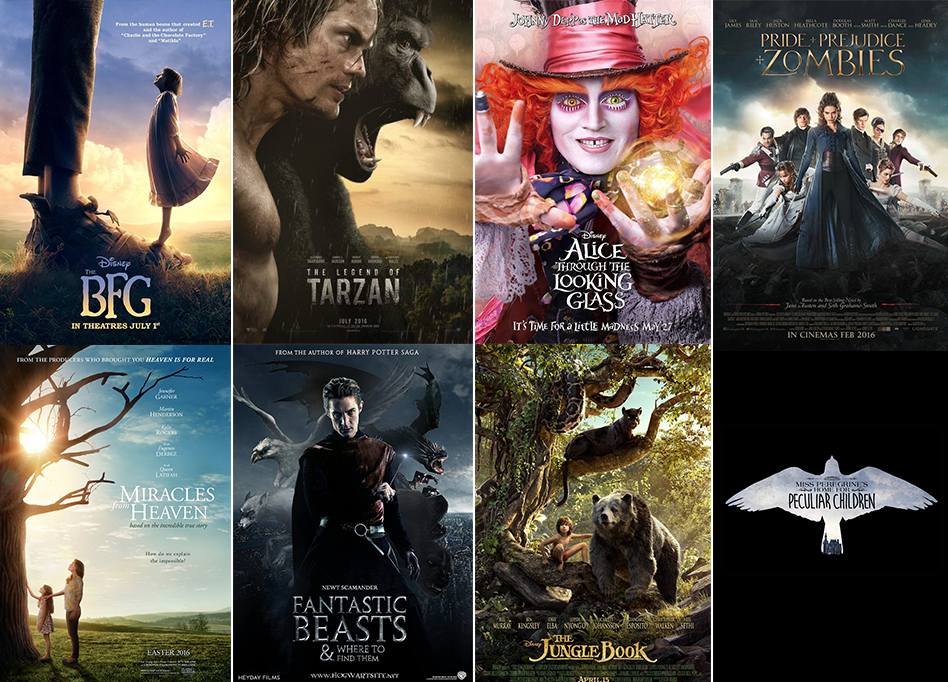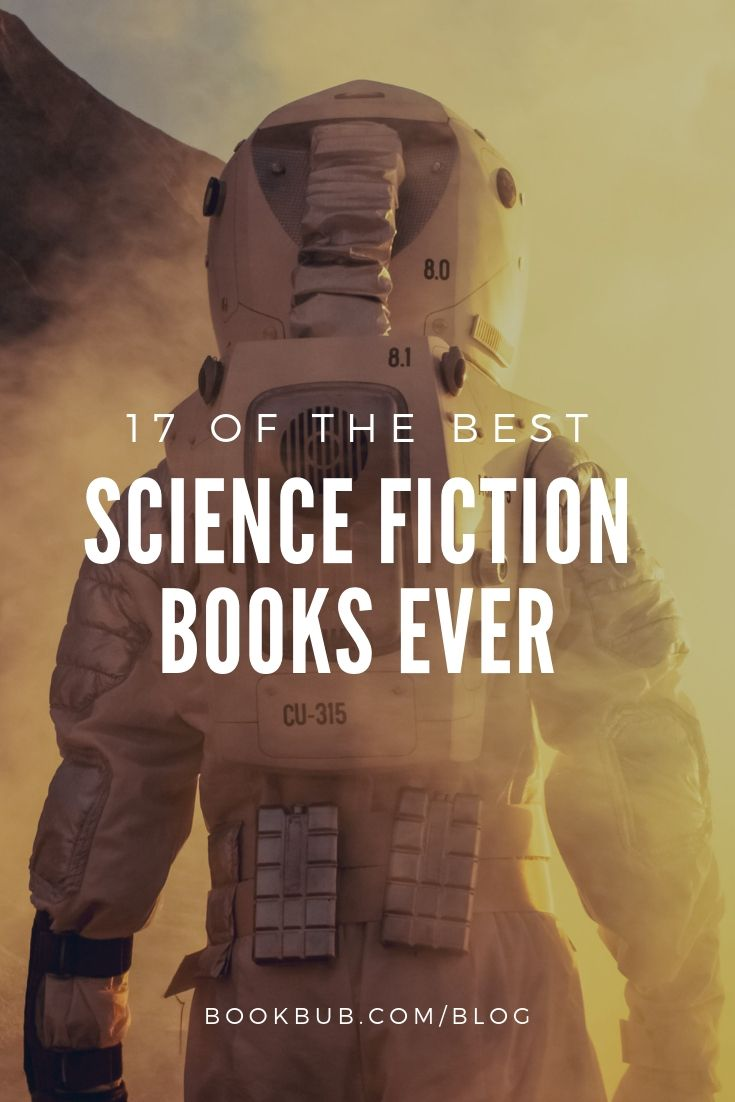Film adaptations oftentimes ignite passionate discussions among audiences, with the familiar refrain “the book was better” echoing throughout cinema history. Yet, despite this common sentiment, many novel adaptations have succeeded in transferring literary magic to the silver screen, offering fresh interpretations and striking visuals. Films based on books can elevate their source material, bringing beloved characters and intricate plots to life in ways that captivate viewers. This Oscar season showcases some of the best book adaptations, including powerful narratives drawn from acclaimed literature like “Conclave” and “Nickel Boys.” Exploring the realm of literary adaptations not only highlights remarkable storytelling but also underscores the artistic collaborations at play in the transformation from page to film, making it a rich topic for film lovers and bookworms alike.
When discussing cinematic renditions of written works, alternative terms like novel-to-screen or literary transformations come to mind. These adaptations serve as a bridge between the written word and visual storytelling, sparking curiosity about how narratives morph across mediums. From compelling dramas infused with emotional depth to thrilling action-packed sequences, the essence of the original story often shines through adaptations in novel ways. Enthusiasts frequently seek out the best film renditions of their favorite stories, hoping to discover how directors and screenwriters breathe new life into textual narratives. Understanding the dynamics of these adaptations is vital for appreciating both the source material and its cinematic counterparts.
The Allure of Film Adaptations: Books that Shine on Screen
The debate between book lovers and moviegoers about the effectiveness of film adaptations is a timeless one. Many avid readers staunchly proclaim, “The book was better!” However, when examining some of the most revered film adaptations, it becomes evident that certain narratives were crafted in a way that allows them to thrive in cinematic form. These adaptations don’t simply recapture the essence of their original novels; they amplify themes, deepen character development, and resonate with new audiences in powerful ways.
Consider adaptations like Stephen King’s ‘Misery’ or James Ellroy’s ‘L.A. Confidential’, where filmmakers managed to distill complex narratives into compelling visual experiences. These films showcase how movie adaptations can offer fresh insights into the source material, making them worthy companions to their literary counterparts. As the art of storytelling transcends mediums, film adaptations serve to highlight the strengths of both literature and cinema, creating a dialogue between the two.
Best Book Adaptations: A New Perspective on Timeless Tales
Some of the best book adaptations manage to elevate the source material, shedding new light on themes and character dynamics that might be overlooked in prose. The film versions of iconic novels often bring a sense of immediacy and visual impact that can be absent from the pages of a book. For instance, Mary Harron’s adaptation of Bret Easton Ellis’s ‘American Psycho’ transformed a polarizing novel into a film that juxtaposes dark humor with chilling commentary on consumerism and identity. This nuanced approach invites viewers to engage with the narrative on various levels.
Furthermore, adaptations like Joyce Carol Oates’ ‘Where Are You Going, Where Have You Been?’ exemplify how filmmakers can enrich a story through creative interpretation. By expanding on character backstories and emotional stakes, adaptations can invite viewers to immerse themselves in the story world, creating a more multi-dimensional understanding of the original narrative. It’s this synergy between books and their film adaptations that allows the stories to evolve while still honoring their roots.
Novel Adaptations: Breathing Life Into Classic Literature
Adapting classic novels into films not only preserves literature but also introduces these timeless tales to new generations. Films based on books like ‘Pride and Prejudice’ or ‘The Great Gatsby’ bridge the gap between the printed page and visual storytelling, inviting audiences to experience beloved characters and intricate plots in a fresh format. These adaptations take literary themes of love, ambition, and societal norms, and recontextualize them against contemporary backdrops or innovative storytelling methods.
Moreover, notable adaptations often inspire renewed interest in the original works, prompting viewers to explore the text after watching the film. This mutual reinforcement cultivates a richer literary culture, where films open discussions about the psychological and social complexities inherent in the source material. By examining how classic novels are transformed into movies, one can appreciate the art of both writing and filmmaking, as they each offer distinct yet complementary experiences.
Movies Based on Books: A Window Into Different Worlds
There is something inherently fascinating about movies based on books; they provide audiences a passport to new worlds and experiences that may be vastly different from their own. Whether it’s the dystopian landscapes of ‘The Hunger Games’ or the magical realms of ‘Harry Potter,’ these adaptations allow viewers to visually explore settings, cultures, and emotional journeys crafted by authors. Films can encapsulate the essence of these narratives, enhancing elements of fantasy and adventure while retaining the core message of the literature.
In addition, movies based on books can serve as a critical examination of our society, providing commentary through allegorical storytelling. Adaptations like ‘The Handmaid’s Tale’ not only offer thrilling narratives but also prompt discourse on critical social issues. By transforming a book’s content into a visual spectacle, filmmakers are able to harness the language of cinema to evoke emotions and provoke thoughts that resonate with contemporary audiences.
Literary Adaptations: The Art of Translation from Page to Screen
The process of literary adaptations involves transforming literary works into cinematic experiences, a task that can be as complex as it is rewarding. Adapting a novel requires an understanding of narrative structure, character motivations, and thematic depth. Filmmakers often face the challenge of condensing intricate plots and character arcs into a two-hour format, necessitating thoughtful storytelling decisions while remaining faithful to the source material. This art of translation offers new interpretations of beloved stories, allowing viewers to engage with the narrative on a profound level.
Moreover, successful literary adaptations, like those of ‘To Kill a Mockingbird’ or ‘The Fault in Our Stars,’ often capture the themes of their original texts while introducing visual and emotional layers that deepen audience connection. The subtleties of character development or the nuances of relationships, while difficult to convey on screen, can sometimes evoke a stronger emotional response than the text alone. Such adaptations remind us that while the written word holds immense power, film can enhance and transform our experiences of these literary treasures.
The Impact of Adaptation: From Page to Screen and Beyond
The impact of book-to-film adaptation stretches far beyond the silver screen; it creates opportunities for discussions about the themes and messages found in the original literature. Once a story transitions from page to screen, it often sparks renewed interest in the book itself as audiences seek to discover the source material behind the films they love. This cross-pollination encourages literary exploration and invites readers to delve back into the novels that inspired them, enriching their understanding of both mediums.
Moreover, adaptations can contribute significantly to the broader cultural landscape. When a book becomes a film, it can reach audiences who may not typically engage with literature, thus fostering a love for reading among new viewers. This phenomenon not only highlights the power of storytelling across platforms but also emphasizes the importance of art in bridging gaps between different forms of expression. Understanding the evolution of stories from literature to film unveils the layers of creativity involved in bringing characters and narratives to life, ultimately enhancing the viewer’s appreciation for both forms.
Award-Winning Adaptations: The Role of Literature in Film Success
Award-winning adaptations frequently highlight the integral role literature plays in cinematic success. Many films that have been recognized at prestigious ceremonies, like the Oscars, owe their acclaim to the rich narratives and character depth rooted in their literary origins. Films such as ‘The Silence of the Lambs’ and ‘The English Patient’ exemplify how deep storytelling, derived from novels, can translate into critically acclaimed films that captivate audiences and garner industry recognition.
These award-winning adaptations demonstrate that successful film adaptations require a delicate balance of fidelity to the source material and innovative storytelling techniques. While staying true to the author’s voice is essential, the adaptation also affords filmmakers the freedom to explore visual artistry and interpretive direction. As a result, these films often stand as both a tribute to their literary roots and a testament to the creativity inherent in adapting stories for a new audience.
The Future of Book Adaptations: Where Literature Meets Cinema
Looking ahead, the future of book adaptations appears bright, with a growing trend of complex narratives making their way to the screen. Streaming platforms and the rise of episodic adaptations have opened new avenues for filmmakers, allowing for more extended exploration of characters and plots that traditional films may struggle to encompass. As seen with series like ‘The Queen’s Gambit,’ the potential for deep character development and storytelling is vast, yielding adaptations that not only honor their source material but also redefine the viewer experience.
Furthermore, as diverse voices and stories gain prominence in literature, the potential for adaptations that reflect varied perspectives is on the rise. This shift will likely lead to a more nuanced and inclusive representation of narratives on screen, promising a captivating interplay between literature and cinema. As filmmakers continue to adapt beloved books into films, they not only provide entertainment but also foster conversations that challenge our understanding of the human experience.
Frequently Asked Questions
What are some of the best book adaptations that have been made into films?
Some of the best book adaptations that have graced the silver screen include films like ‘Misery,’ based on Stephen King’s novel, ‘L.A. Confidential,’ adapted from James Ellroy’s gritty thriller, and ‘Once Upon a Time in America,’ which transforms Harry Grey’s semi-autobiographical account into a cinematic masterpiece. These adaptations have successfully captured the essence of their source material and provided viewers with engaging cinematic experiences that enhance the original stories.
How do novel adaptations differ from their source material?
Novel adaptations often differ from their source material in several ways, including plot simplification, character development, and thematic focus. For instance, while adaptations like ‘American Psycho’ maintain the original’s dark humor, they often reinterpret key elements to fit the medium of film. This transformation can lead to a richer narrative experience that resonates differently with audiences, as seen in adaptations like Mary Harron’s version of ‘American Psycho’ or Joyce Chopra’s ‘Smooth Talk’ from Joyce Carol Oates’ story.
Why do some people believe that the book is always better than the film adaptations?
The sentiment that ‘the book is better than the film’ arises from several factors: the complexity of themes, character depth, and the reader’s imagination often provide a richer experience than what can be visualized on screen. Films like ‘Misery’ offer faithful adaptations but may lack some nuances found in the original text. Additionally, filmmakers often need to condense material for time constraints, which can lead to a loss of subtleties and depth present in the written work.
What elements make for a successful movie based on books?
Successful movies based on books typically feature strong character development, faithful yet creative interpretations of the source material, and the ability to evoke the original’s themes through cinematic techniques. For example, ‘L.A. Confidential’ is praised for retaining the essence of Ellroy’s novel while streamlining the plot for a cinematic format, resulting in a film that resonates with both readers and non-readers alike.
Are there any film adaptations that enhance the original story rather than just retelling it?
Yes, certain film adaptations creatively enhance the original stories by providing new perspectives or expanding character arcs. ‘Where Are You Going, Where Have You Been?’ as adapted by Joyce Chopra transforms Joyce Carol Oates’ short story into a richer narrative that deepens the protagonist’s emotional journey. Such adaptations demonstrate that films can indeed offer a fresh lens through which to explore familiar tales.
What are the challenges of adapting literature into film?
Adapting literature into film presents numerous challenges, including condensing complex narratives, representing inner thoughts of characters visually, and balancing fidelity to the source material with the need for cinematic storytelling. Filmmakers must often make tough choices about what to include and what to leave out, as seen in adaptations like ‘Jack Reacher,’ where character depth and thematic continuity can either shine or falter in the transition from page to screen.
| Film Adaptation | Source Material | Key Aspects | Notes |
|---|---|---|---|
| Misery | Stephen King’s novel | Captivity, writer’s insight | Oscar-winning performance by Kathy Bates, but loses depth in the adaptation. |
| L.A. Confidential | James Ellroy’s novel | Moral corruption, character development | One of the best adaptations, despite plot changes. |
| Jack Reacher (Series) | Lee Child’s series | Mystery, character exploration | Controversial casting, but successful adaptation of themes. |
| Once Upon a Time in America | Harry Grey’s novel | Jewish gang, operatic storytelling | Transformed into a cinematic masterpiece with visuals and music. |
| American Psycho | Bret Easton Ellis’s novel | Dark humor, societal critique | Off-kilter adaptation, enriches the original text. |
| Smooth Talk | Joyce Carol Oates’ short story | Coming of age, psychological tension | Depth added to characters and altered ending for emotional impact. |
Summary
Film adaptations often spark debates about fidelity, with the adage “the book was better” frequently thrown around. However, the exploration of several notable adaptations reveals that, in many cases, these cinematic interpretations can enhance or bring new life to the source material. Works like Stephen King’s “Misery” and James Ellroy’s “L.A. Confidential” illustrate how film can deepen audiences’ understanding of complex themes and characters, even if some elements may be lost in translation. As we celebrate the art of storytelling, it’s important to recognize the unique contributions of film adaptations, which can transform beloved literature into compelling visual narratives.



